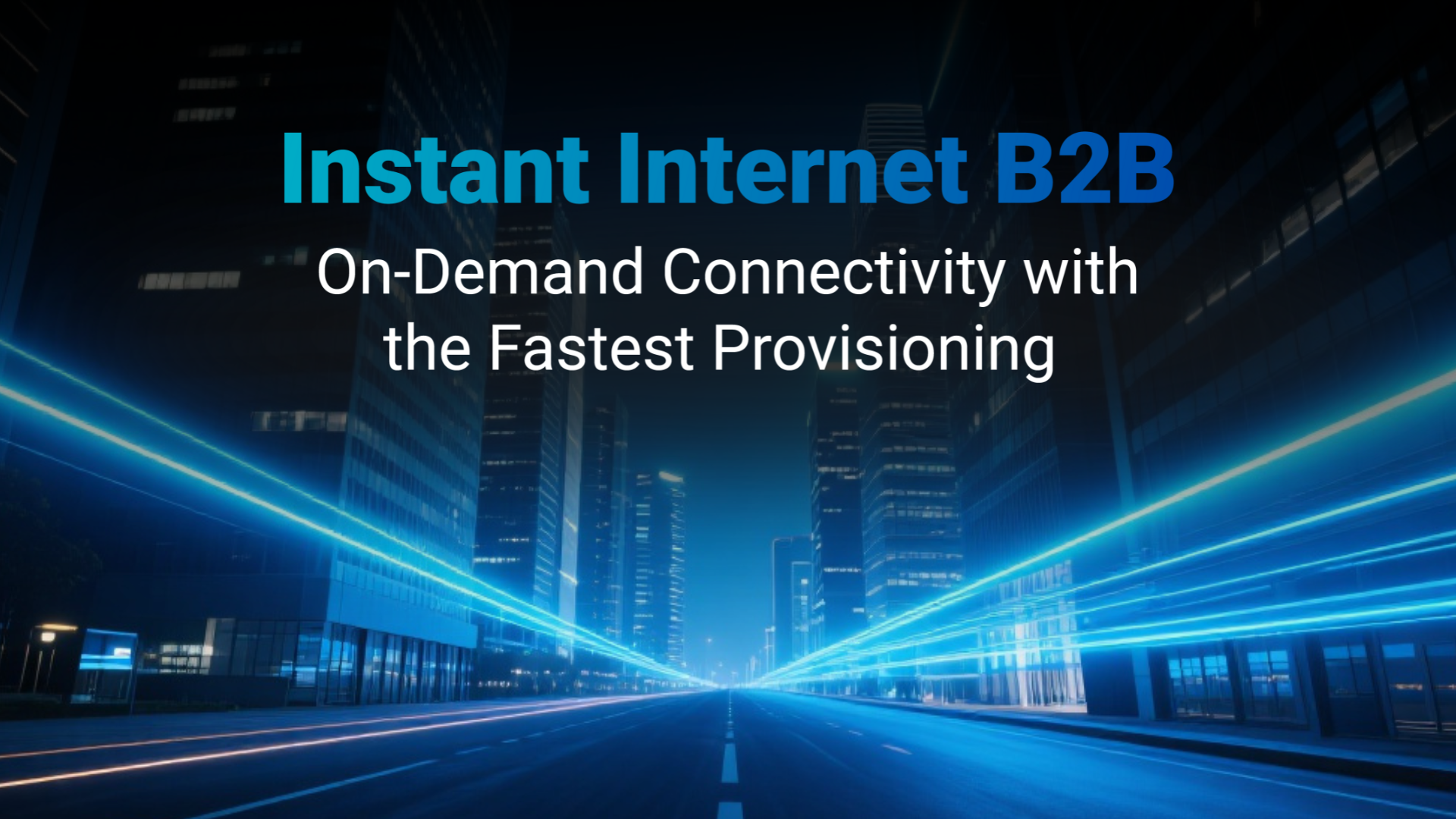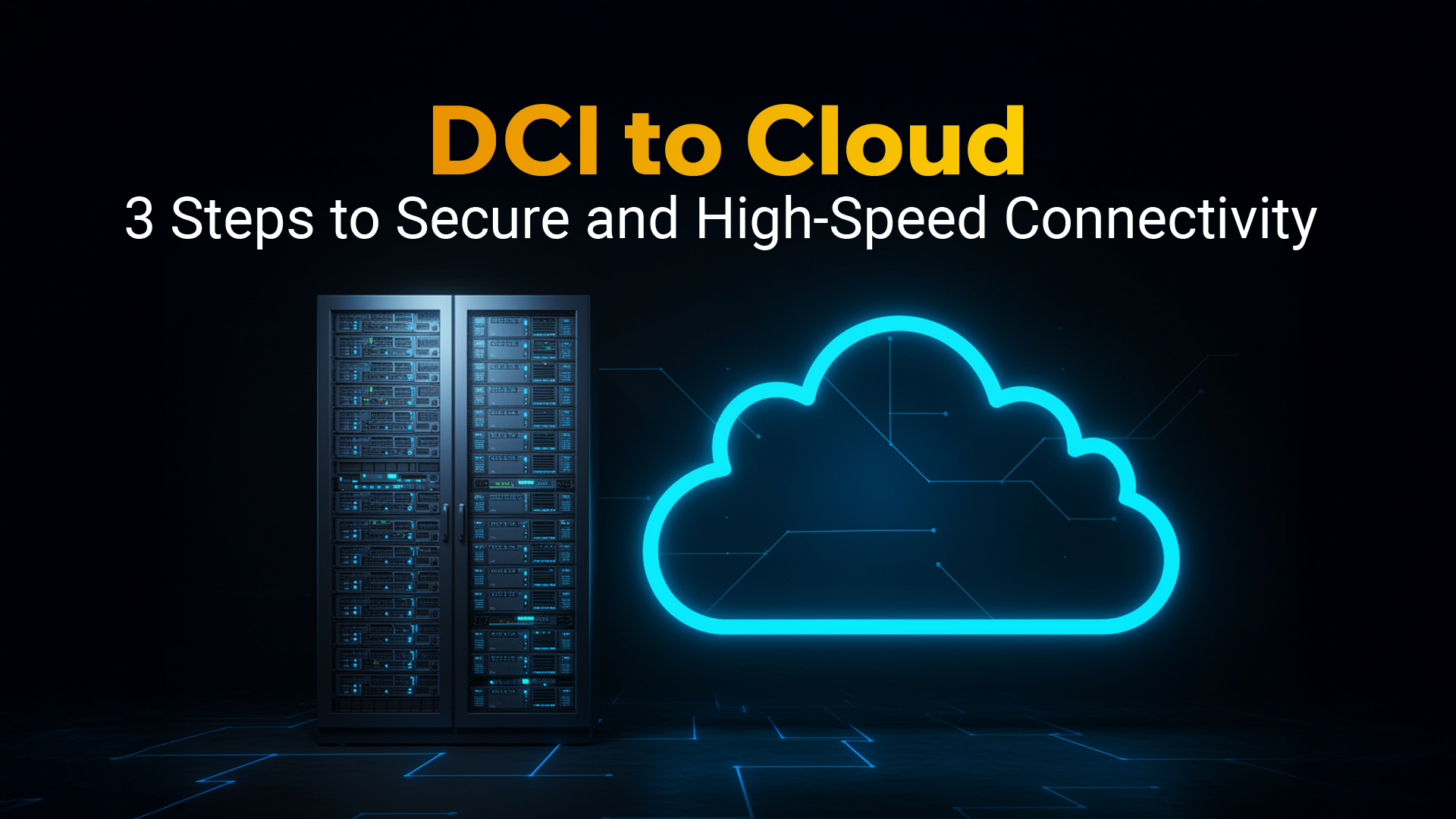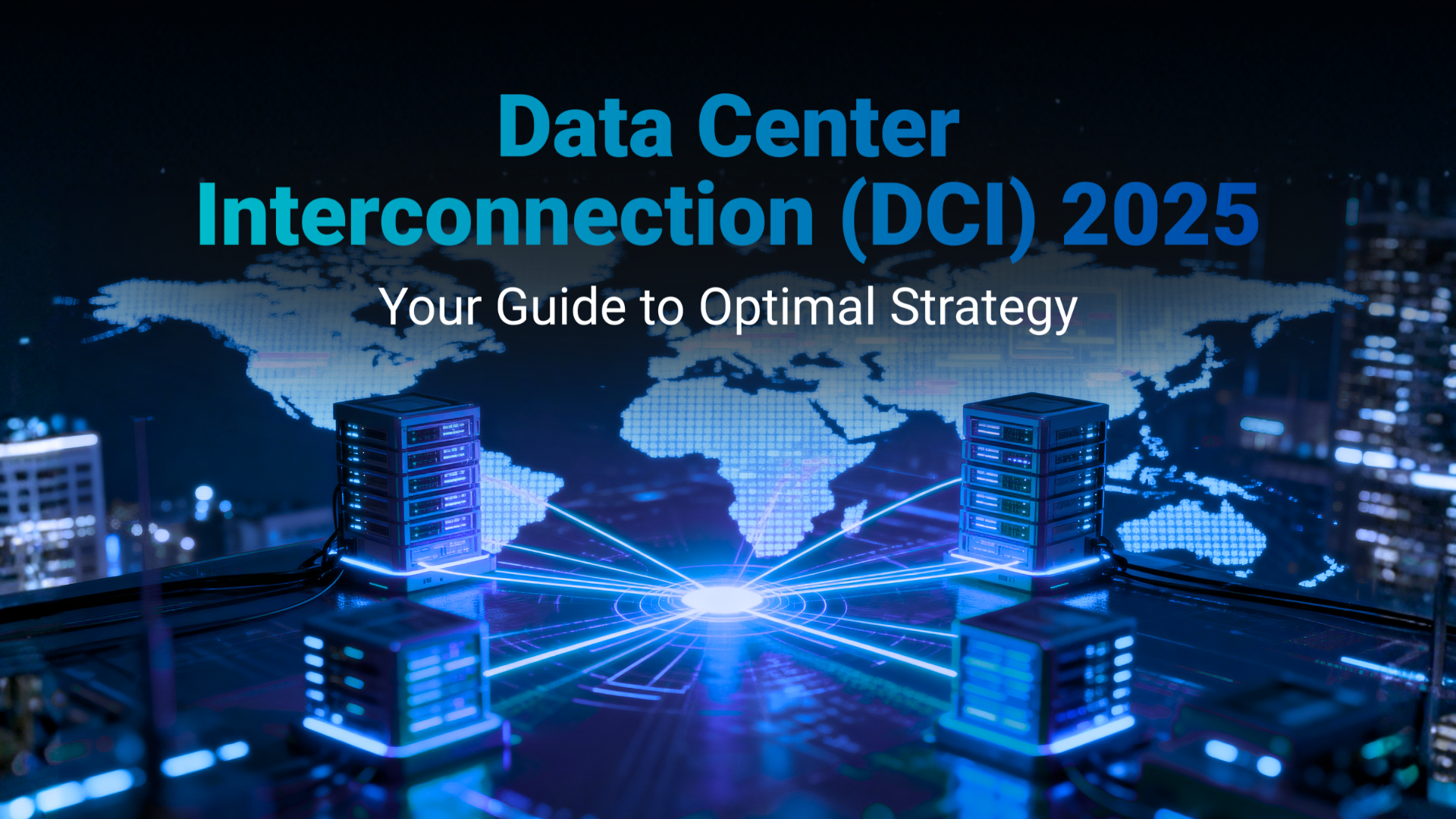
Instant Internet for B2B: Why “Fastest Provisioning” is the New Gold Standard
In the modern digital economy, agility is the ultimate currency. You can spin up a server in seconds. You can deploy code in minutes. You can onboard a remote team in hours. Yet, for many enterprises, the physical network remains a bottleneck. Traditional ISP contracts still operate on timelines from the 1990s: 60 to 90 days for site surveys, permits, and physical installation. This “provisioning gap” is no longer acceptable. Welcome to the era of Instant Internet B2B—where connectivity is as flexible, fast, and on-demand as the cloud itself. What is On-Demand Connectivity? On-Demand Connectivity transforms the network from a static utility into a dynamic service. It leverages Software-Defined Networking (SDN) to separate the control layer from the physical hardware. Because the underlying fiber infrastructure is already pre-connected and “lit” across major global hubs, provisioning a new dedicated line doesn’t require a technician to drive a truck to a data center. It simply requires a software command. This capability allows businesses to: The Business Case: Why Speed Matters More Than Ever Why are CIOs and IT Directors migrating to instant, on-demand networks? 1. Project-Based Agility Imagine a media company covering a major live event, or a construction firm setting up a temporary digital twin for a new site. They need massive bandwidth now, but only for three weeks. Traditional ISPs can’t handle this. On-demand connectivity allows them to spin up a 10Gbps pipe for the duration of the project and decommission it instantly when finished. 2. Disaster Recovery (DR) on Autopilot Paying for a massive standby line that sits idle 99% of the time is a waste of budget. With instant provisioning, companies can maintain a low-bandwidth “heartbeat” connection for backup. If the primary network fails, they can instantly “burst” the backup line to full capacity to handle the failover traffic, ensuring business continuity without the overhead. 3. Rapid Global Expansion Entering a new market? You don’t have time to wait months for local carriers to dig up the streets. Instant connectivity leverages existing global fabrics, allowing you to link your HQ to a new branch office or data center in a new country almost immediately. The Future is “Click-to-Connect” The user experience for enterprise networking is finally catching up to consumer expectations. The future isn’t about calling a sales rep and waiting for a quote. It is about logging into a dashboard, selecting Endpoint A (your office) and Endpoint B (the cloud), and clicking “Connect.” This Fastest Provisioning model reduces the “Time-to-Service” from months to minutes, removing the friction that slows down digital transformation.



